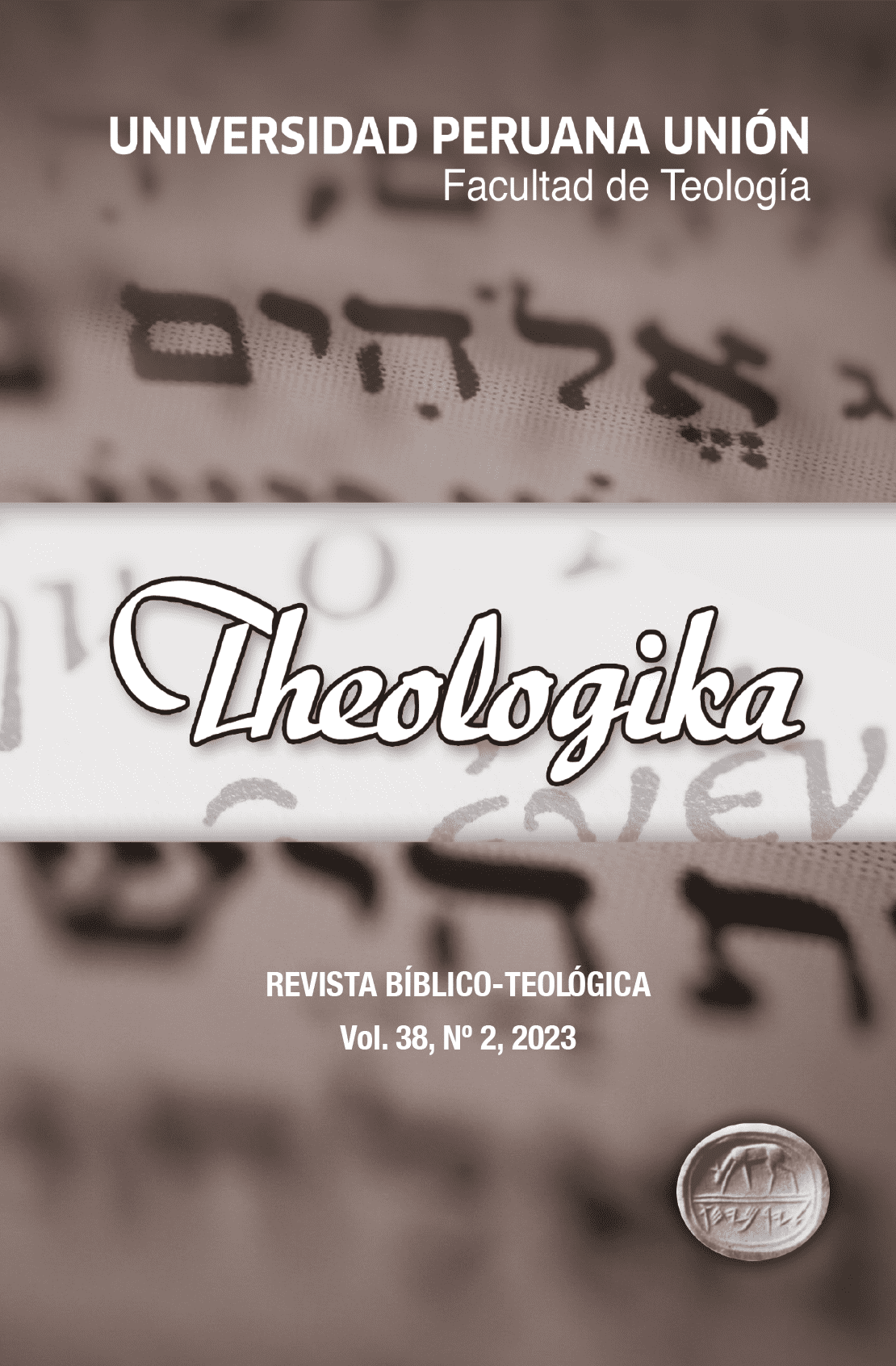Daniel 11:2b–12:3
A Structural Proposal and Its Contribution to the Whole Book of Daniel (Part II)
DOI:
https://doi.org/10.17162/rt.v38i2.2098Keywords:
Daniel 10–12, literary structure, Old Testament prophecy, eschatology, MessiahAbstract
This article is the second and final part of a study examining the literary structure of Daniel 10–12. The first article identified seven passage sections and highlighted the literary elements supporting its structure. This second part analyzes the markers that define the central section, specifically Daniel 11:16–31, which addresses the theme of the Roman kings. Special attention is given to the oracle predicting the death of the Messiah (11:22b), emphasizing the unique themes and key phrases surrounding this declaration in the section on Imperial Rome (11:16–31). Additionally, internal divisions are proposed for each of the seven sections of Daniel 10–12. Finally, inferences are drawn to guide selecting the most suitable hermeneutical approach for studying the text.
Published
Issue
Section
License
Copyright (c) 2024 Héctor Urrutia-Hernández

This work is licensed under a Creative Commons Attribution-NonCommercial 4.0 International License.
- The authors retain their copyright but assign to the journal the right of the first publication, with the work registered under the Creative Commons attribution non commercial (CC BY NC) license, which allows third parties to use the published information for non commercial purposes as long as they mention the authorship of the work and that it was first published in this journal.
- Authors may make other independent or additional contractual arrangements for non-exclusive distribution of the version of the article published in this journal (eg, include it in an institutional repository or publish it in a book) as long as it clearly indicates that the work was first published in this journal.
- Authors are encouraged and advised to publish their work on the Internet (for example, on institutional or personal pages) before and during the review and publication process, as it can lead to productive exchanges and a greater and faster dissemination of the published work (see The Effect of Open Access).





